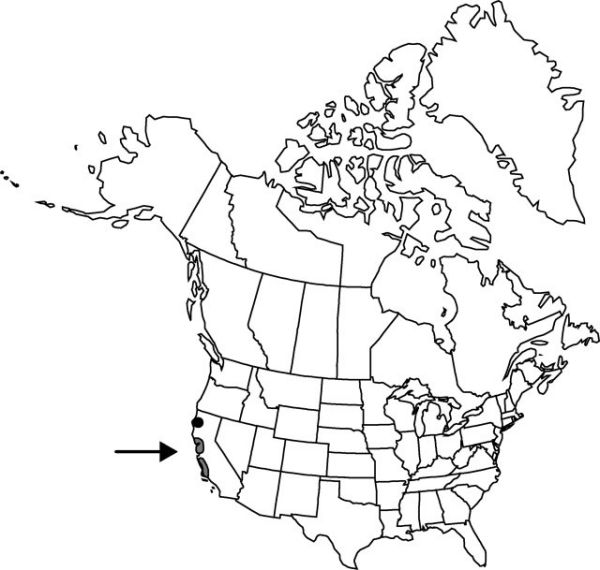Allium neapolitanum
Pl. Rar. Neapol. 1: 13. 1788.
Bulbs 1–10+, not clustered on stout primary rhizome, rhizomes absent, bulbs absent or ± equaling parent bulbs, never appearing as basal cluster, subglobose, 1–2 × 1–2 cm; outer coats enclosing renewal bulbs, brown, cellular-reticulate, membranous, reticulum delicate, cells ± quadrate, without fibers; inner coats white, cells obscure, ± rectangular, vertically elongate. Leaves persistent, green at anthesis, 2–3, sheathing proximal 1/5–1/4 scape; blade solid, flat, not falcate, carinate, 15–50 cm × 5–20 mm, margins entire to denticulate. Scape persistent, solitary, erect, solid, ± triquetrous, 2-edged or slightly winged proximally, terete distally, 20–60 cm × 2–7 mm. Umbel persistent, erect, loose, 10–25-flowered, ± hemispheric, bulbils unknown; spathe bract persistent, 1, 8–9-veined, ovate, ± equal, equaling pedicel, apex acute. Flowers ± erect, saucer-shaped, 7–12 mm; tepals spreading, white, broadly elliptic, ± equal, becoming membranous and connivent over capsule, margins entire, apex obtuse; stamens included; anthers yellow; pollen yellow; ovary crestless; style linear, ± equaling stamens; stigma capitate, scarcely thickened, unlobed; pedicel 15–35 mm. Seed-coat not known.
Phenology: Flowering Mar–Apr.
Habitat: Disturbed sites
Elevation: 0–100 m
Distribution

Introduced; Calif., s Europe
Discussion
Allium neapolitanum is a garden escape, introduced from southern Europe.
Selected References
None.
Lower Taxa
"thicker" is not a number."broad" is not a number.